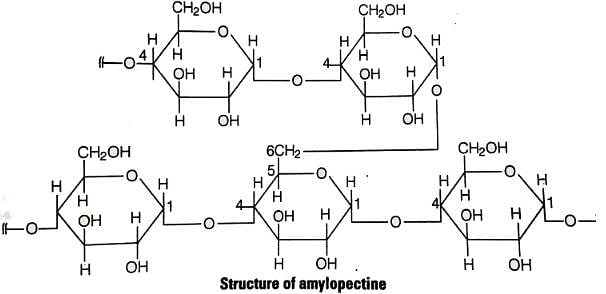Chemistry: Topic-wise Test- 5 - NEET MCQ
30 Questions MCQ Test NEET Mock Test Series 2025 - Chemistry: Topic-wise Test- 5
| 1 Crore+ students have signed up on EduRev. Have you? Download the App |
Which of the following species is not a pseudohalide ?
An orange solid (X) on heating , gives a colourless gas (Y) and a only green residue (Z). Gas (Y) treatment with Mg, produces a white solid substance...............
Only One Option Correct Type
Direction (Q, Nos. 1-9) This section contains 9 multiple choice questions. Each question has four choices (a), (b), (c) and (d), out of which ONLY ONE is correct.
Q.
Which of the following will give a racemic mixture on reduction with NaBH4 followed by acid work-up?
What would be the major product in the following reaction?
Which of the following on reaction with excess of NaHSO3 in aqueous solution will give mixture of salts which can be separated into two fractions by fractional crystallisation?
Which is the most suitable reagent for the following transformation?
Which forms an unsaturated amine on treatment with cyclopentanone in slightly acidic medium?
Consider the following reaction,
Q.
X (major) in the above reaction is
Only One Option Correct Type
Direction (Q. Nos. 1-10) This section contains 10 multiple choice questions. Each question has four choices (a), (b), (c) and (d), out of which ONLY ONE is correct.
Q.
Which is the major product in the following reaction?
Consider the following reaction,

Q.
Which of the labeiled C—C bond formation is not possible in the above reaction?
In the following reaction,
The major organic product is
Consider the following aldol condensation reaction,

Q.
The nucleophile is
What would be the major organic product in the following oxidation reaction?
Only One Option Correct Type
Direction (Q, Nos. 1-8) This section contains 8 multiple choice questions. Each question has four choices (a), (b), (c) and (d), out of which ONLY ONE is correct.
Q.
What is the major product of the following reaction?
Predict the major product of the following reaction
What is formed as predominant product in the following reaction?
Glycogen is a branched chain polymer of α-D-glucose units in which chain is formed by C1—C4 glycosidic linkage whereas branching occurs by the formation of C1-C6 glycosidic linkage. Structure of glycogen is similar to ______.
Which of the following polymer is stored in the liver of animals?
The commonest disaccharide have the molecular formula:
Which of the following carbohydrates is called milk sugar?
In which structure of protein, the polypeptide chain forms all possible hydrogen bonds by twisting into right handed screw?
The time for half life period of a certain reaction A → Products is 1 h. When the initial concentration of the reactant 'A' is 2.0 mol L–1, how much time does it take for its concentration to come from 0.50 to 0.25 mol L–1, if it is a zero order reaction?
N205 → 2NO2 + O2
When N205 decompose, its t12 does not change with its changing pressure during the reaction, so which one is the correct representation for "pressure of 2NO2" vs lime° during the reaction when initial N205 is equals to Po
In a hypothetical reaction
A(aq)  2B(aq) + C(aq) (Ist order decomposition)
2B(aq) + C(aq) (Ist order decomposition)
'A' is optically active (dextro-rototory) while 'B' and 'C' are optically inactive but 'B' takes part in a titration reaction (fast reaction) with H202. Hence the progress of reaction can be monitored by measuring rotation of plane of plane polarised light or by measuring volume of H202 consumed in titration.
In an experiment the optical rotation was found to be 0 = 30° at t = 20 min and 8 =15° at t= 50 min. from start of the reaction. If the progress would have been monitored by titration method, volume of H202 consumed at t = 30 min. (from start) is 30 ml then volume of H202 consumed at t = 90 min will be:
At a certain temperature, the first order rate constant k1 is found to be smaller than the second order rate constant k2. If the energy of activation E1 of the first order reaction is greater than energy of activation E2 of the second order reaction, then with increase in temperature.
|
1 videos|26 docs|111 tests
|
|
1 videos|26 docs|111 tests
|






















